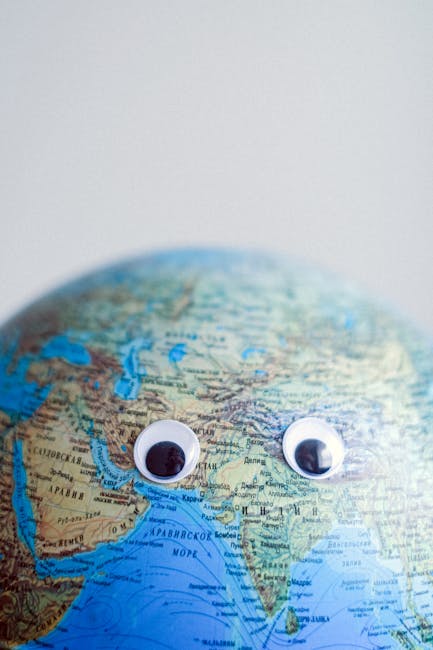When the earth moves beneath a city of millions, what does it reveal about our readiness for the next big one?
6/8/2025 | Science | US
The images from Bogotá last Sunday morning could've been ripped from a disaster movie: crowds in pajamas spilled onto streets, parents clutching wide-eyed children, pets fleeing in terror as buildings swayed around them. When a magnitude 6.3 earthquake struck just 105 miles from Colombia's capital, it delivered more than just tremors—it sent a visceral reminder of how precariously modern cities exist atop geological time bombs.
The emotional trigger here isn't just fear, though there was plenty of that as sirens wailed across the city. It's that stomach-dropping realization that the ground—the one thing we count on to always be stable—can betray us without warning. For the elderly woman navigating stairs with her heart pounding, for the parents trying to mask their own panic while soothing their kids, this was biology colliding with geology in the most personal way possible.
Hidden in the aftermath reports lies an uncomfortable truth: We got lucky. The 1999 quake of similar magnitude killed 1,200 Colombians. This time? One anxiety attack reported. The hypocritical reality is that we treat such near-misses as proof of resilience rather than the warning shots they are. Cities like Bogotá—perched in seismically active zones yet exploding with informal settlements and aging infrastructure—are gambling with geologic inevitability.
The human impact radiates outward. Picture the office worker who abandoned breakfast to scramble under a desk. The street vendor watching helplessly as merchandise rattled off shelves. The hospital staff initiating emergency protocols before knowing if they'd soon be overwhelmed. These aren't theoretical disaster victims—they're millions of ordinary people confronting the extraordinary, if only briefly.
This event taps into 2020s anxieties about crumbling systems and institutional trust. When competing agencies (USGS says 6.3, Colombia says 6.5) can't agree on how bad it was, why should citizens trust preparedness plans? In an era where we track packages in real-time but still can't reliably predict quakes, technological arrogance meets humbling tectonic forces.
History offers sobering context. The 1999 Armenia, Colombia quake demonstrated how poverty compounds disaster—shoddy construction turned tremors into mass graves. Yet despite GDP growth, Bogotá's poorer neighborhoods still feature notorious "pancake buildings" awaiting their seismic test. Meanwhile, Japan's 2011 disaster showed even advanced preparedness has limits when nature flexes full force.
Tangential but crucial: Earthquake preparedness suffers from "not my problem" syndrome until it is. Mexico City spends billions on seismic alerts after 1985's catastrophe killed 10,000. California mandates retrofits. But in developing nations balancing countless crises, quakes join the queue behind poverty, violence, and political instability—until the ground moves.
The real-world consequence isn't just potential mass casualties but cascading failures—power outages trapping people in elevators, burst pipes compromising water supplies, highways cracking to isolate communities. Bogotá's brief shake was a free trial of disasters that climate change may intensify through soil liquefaction and shifting tectonic stresses.
We must recognize this event for what it is: A wake-up call from the planet itself. Not through lecturing but through practical steps—community drills like Japan's, mobile alert systems, transparent building audits. Most importantly, honoring the fear those Bogotá residents felt by channeling it into action, because next time, the epicenter might not be 105 miles away.
That elderly woman descending the stairs? She's your future self. The trembling child? Your niece or neighbor. The question isn't if the earth will move again, but whether we'll move faster to prepare. After Sunday's warning shot across Bogotá's bow, ignorance is a luxury we can no longer afford.
Disclaimer: This opinion piece reflects the author's interpretation of events and does not constitute professional safety advice. Readers in seismic zones should consult local authorities for preparedness guidance.
By Tracey Curl, this article was inspired by this source.













